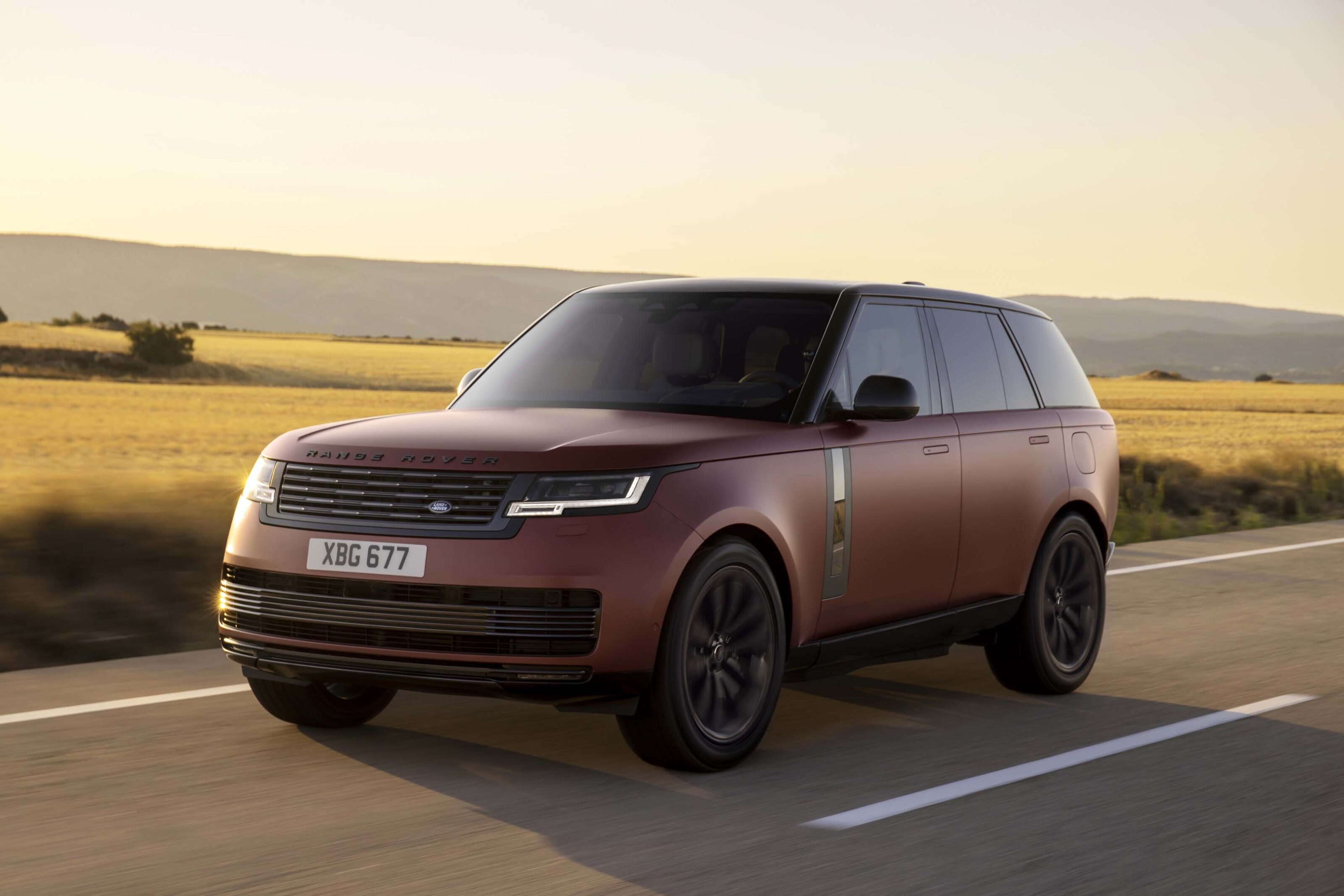Score breakdown
Things we like
- Dramatic yet sophisticated styling
- Excellent primary ride comfort
- Smooth and efficient PHEV powertrain
Not so much
- Poor secondary ride in rear seat
- Too much tyre noise in rear seat
- It’s heavy
It’s often claimed that Land Rover invented the luxury SUV with the Range Rover. In truth, the original Rangie, launched back in 1970, would be seen by today’s standards as a grimly utilitarian piece of kit. It had vinyl seats, wind-up windows, rubber floor mats and painted metal inside, and air-conditioning was optional.
What made Range Rover’s reputation as a luxury vehicle was its magic carpet ride. Where every other 4×4 would rattle and crash and shake the fillings from your teeth, the Range Rover would glide imperiously, its long-travel coil springs and progressive dampers shrugging off the lumps and bumps with effortless disdain.
Land Rover only subsequently added luxury car accoutrements such as wood and leather, carpets and electric windows, and more, establishing a formula that’s since been copied by everyone from Toyota to Rolls-Royce.
Amidst all that, though, it also worked assiduously to ensure the Range Rover remained a benchmark in terms of its off-road capability and on-road manners.
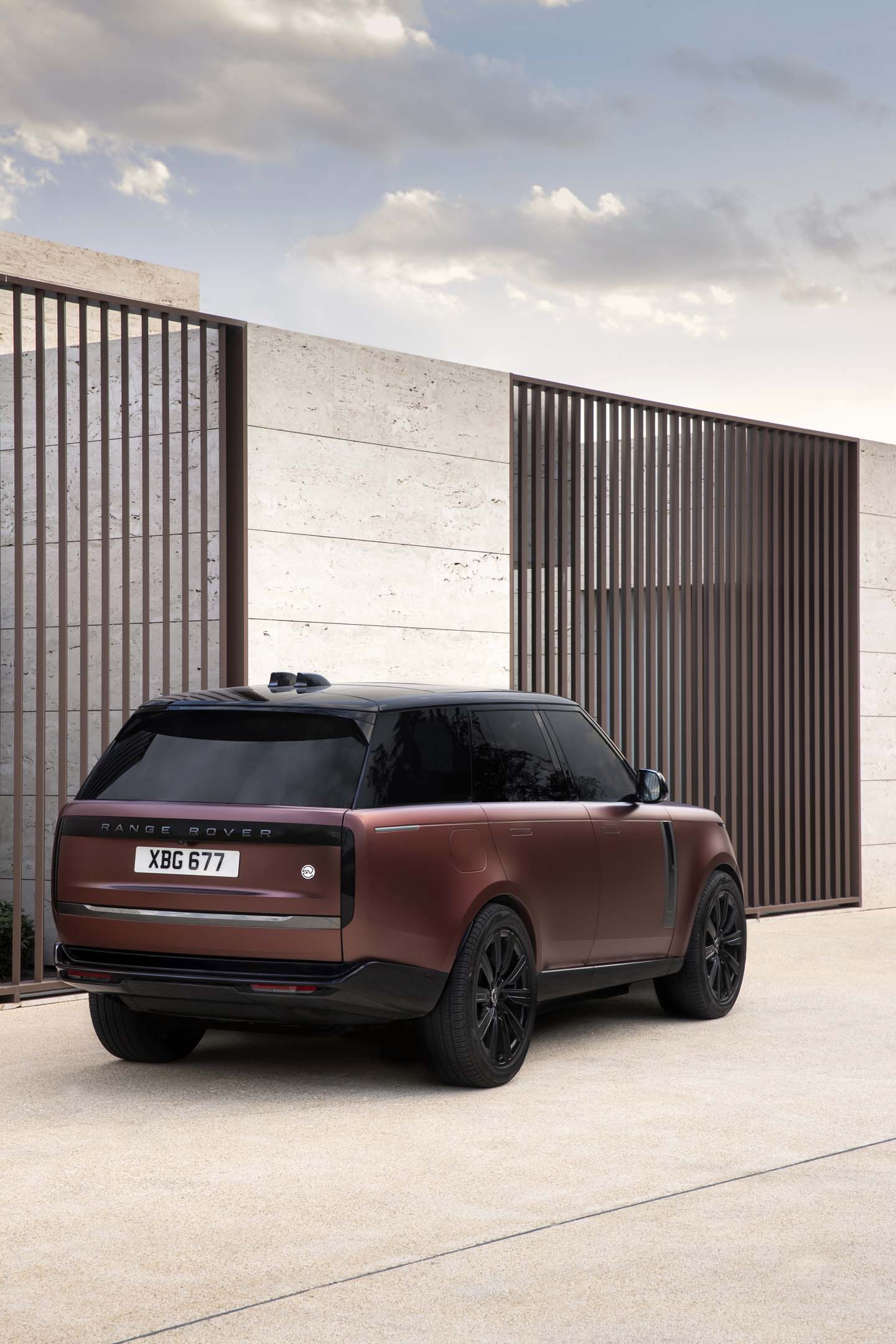
And so it is with the fifth-generation Range Rover. It’s the biggest, most luxurious Rangie in history. But it will still take you places that will challenge all but the most hardcore 4x4s. And that magic carpet ride? We’ll come to that.
We’ve already driven the new Range Rover, codenamed L460. But the PHEV 510 debuts JLR’s new plug-in hybrid powertrain in the Range Rover flagship.
The PHEV powertrain consists of the 296kW/550Nm version of the Ingenium 3.0-litre petrol straight six found in the P400-badged Range Rover and Range Rover Sport, combined with a 105kW e-motor mounted between the engine and the eight-speed automatic transmission.
Energy for the e-motor is drawn from a 38.2kWh lithium-ion battery mounted at the rear of the car.
Total system output is 375kW and 700Nm.
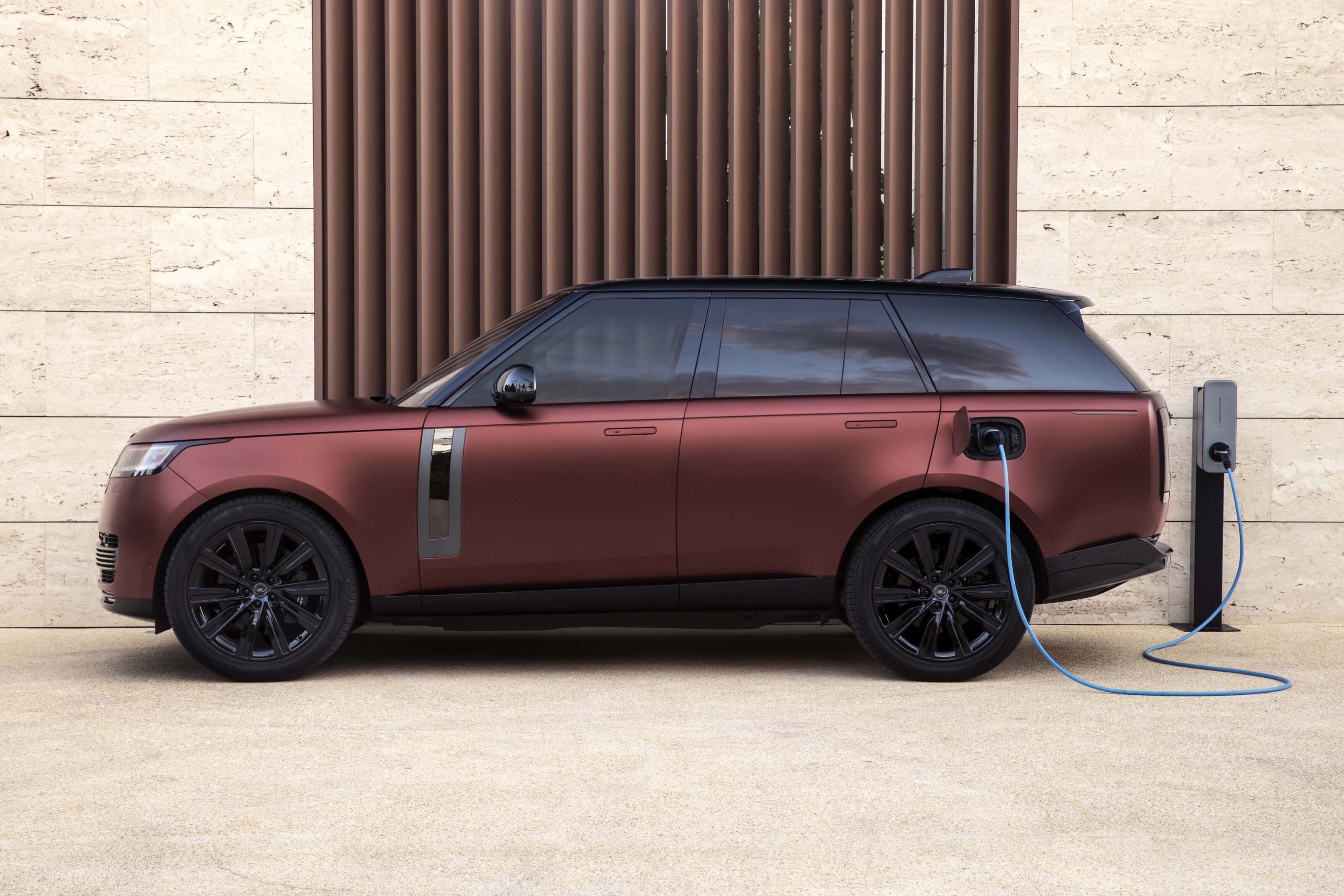
Land Rover says the Range Rover PHEV 510 will travel a WLTP-certified 113km on pure electric power at speeds up to 140km/h, and that the battery can be charged to 80 per cent in less than an hour using a 50kW DC fast charger.
Plug it in at home, and the 7.2kW onboard charger will top up the battery in no more than five hours.
Plug-in hybrids get a bad rap. The problem with PHEVs, say critics, is their electric driving range is poor compared with a proper EV, and when the battery’s done, the internal combustion engine uses more fuel than it should by lugging around the dead weight of a slumbering EV powertrain. PHEVs are the worst of both worlds, they insist.
The Range Rover PHEV 510 proves the critics wrong.
Left to its own devices in the default Hybrid mode, the powertrain’s electronic brain masterminds a seamless dance between internal combustion engine and e-motor to deliver an optimal balance of efficiency and performance, regardless of whether the PHEV 510 is mooching along in the Comfort drive mode or being hustled along in Dynamic mode, with the eight-speed automatic set to Sport and manual shift modes.
Land Rover says the Range Rover PHEV 510 will travel a WLTP-certified 113km on pure electric power at speeds up to 140km/h, and that the battery can be charged to 80 per cent in less than an hour using a 50kW DC fast charger.
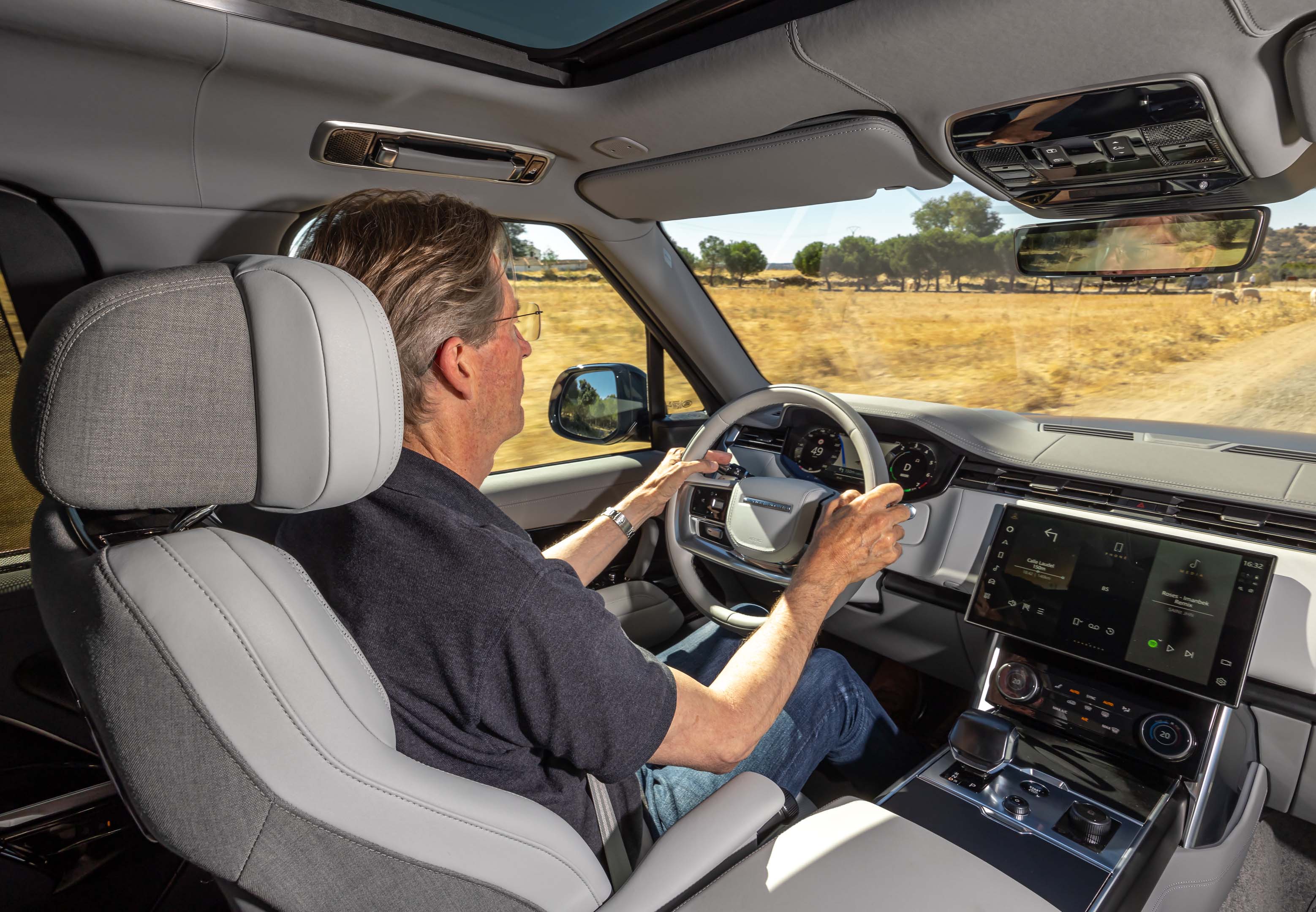
The system will also allow the driver to choose to maintain the battery’s state of charge to guarantee pure EV running at the end of a journey. Set a destination in the nav system, and the hybrid system will analyse advanced navigation data to optimise energy usage on the route, so you can travel through EV-only zones or arrive at your destination wafting along on smooth, silent electric power.
And because the e-motor drives through the eight-speed automatic transmission, the Range Rover PHEV 510 can even be driven off-road in low range on pure electric power.
The WLTP-certified 113km range means at least 75 per cent of the daily journeys undertaken by current Range Rover owners can now be completed without the internal combustion engine firing up, Land Rover says.
An all-electric version of the Range Rover is scheduled to debut in 2024. But for those who can’t wait, or those who demand a longer driving range than a BEV can provide, the PHEV 510 is the perfect halfway house.
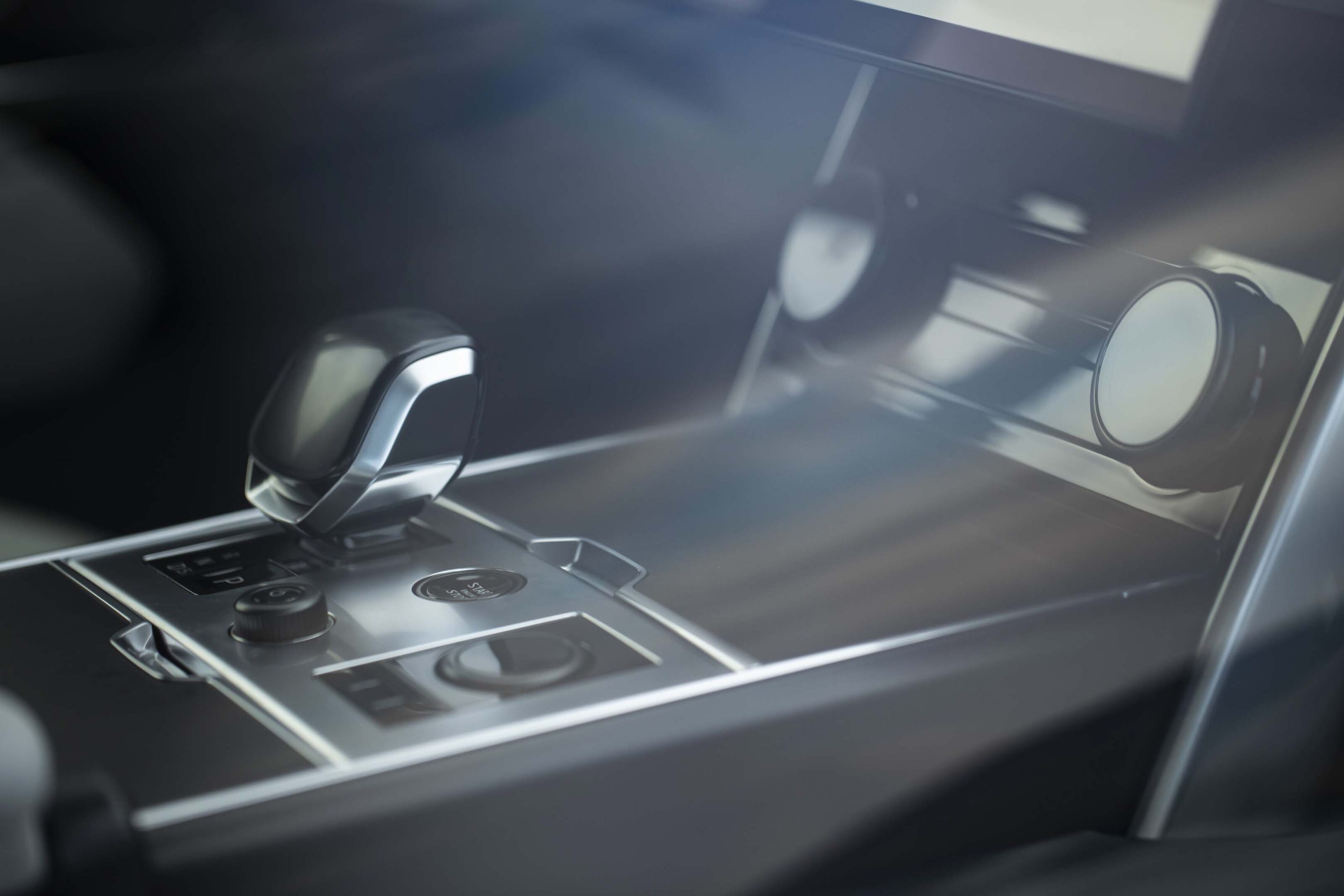
More importantly, it doesn’t feel like you’re driving a compromise. The PHEV 510’s claimed 5.6-second 0-100km/h acceleration time is a full second off that of a similarly-specced Range Rover P530, but the numbers don’t tell the whole story.
Though in outright terms it has less power and torque than the BMW-sourced 4.4-litre twin-turbo V8 that serves as the top engine of the current Range Rover line-up, the PHEV 510 powertrain doesn’t feel lacking on the road. If anything, the e-motor’s instant-on torque endows the Range Rover PHEV 510 with more authoritative throttle response than its P530-powered sibling.
And though the battery adds mass, it’s located towards the rear of the car and between the axles, which means the PHEV 510 feels slightly better balanced in corners.
The WLTP-certified 113km range means at least 75 per cent of the daily journeys undertaken by current Range Rover owners can now be completed without the internal combustion engine firing up, Land Rover says.
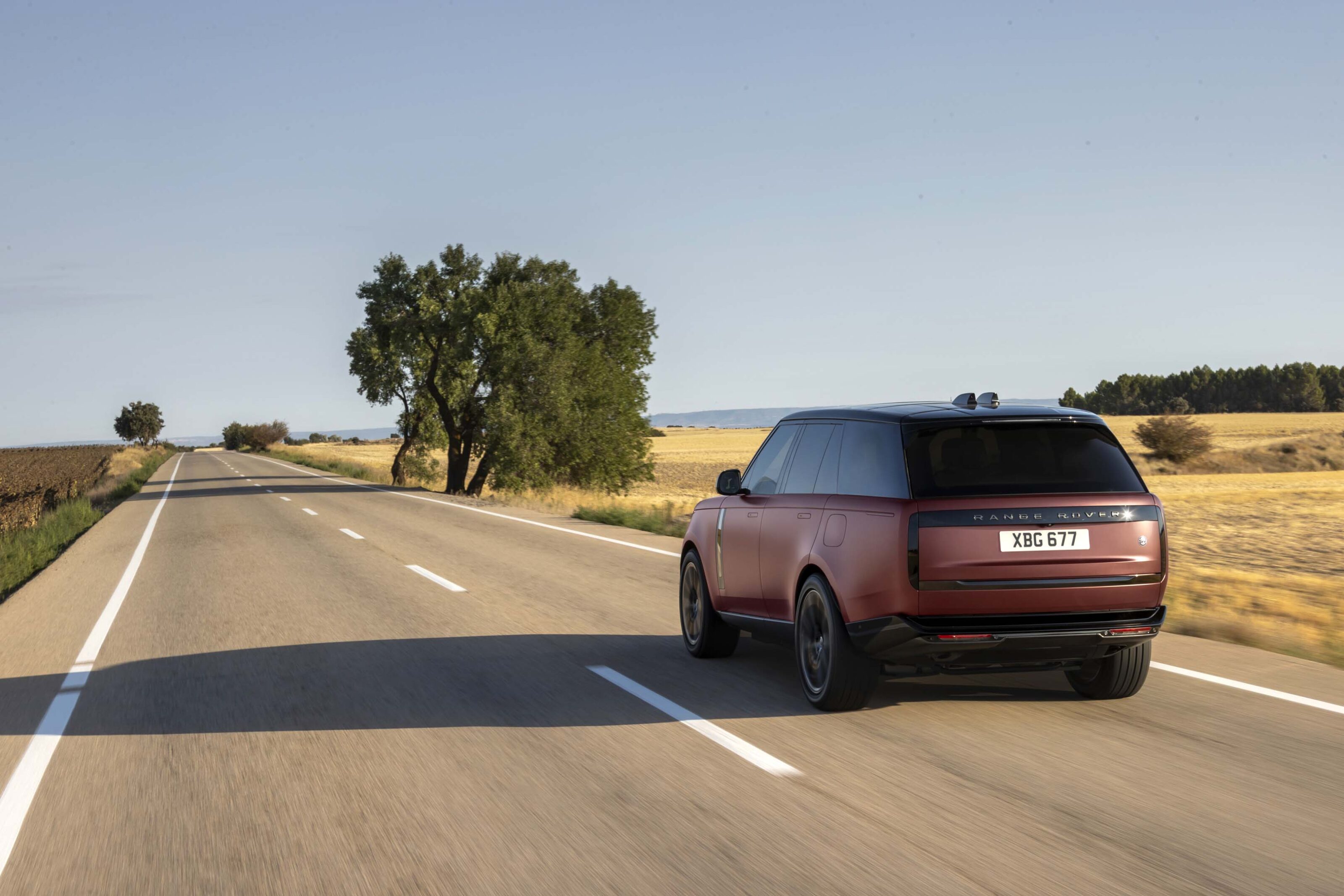
The standard rear-wheel steering system, which pivots the wheels up to 7.5 degrees in the opposite direction to the fronts at speeds up to 50km/h and in the same direction above 50km/h noticeably improves agility in tight corners while maintaining stability in high-speed manoeuvres.
Bilstein twin-valve active dampers and Land Rover’s first 48V active anti-roll system, with 900Nm of twist available within 200 milliseconds and up to 1400Nm in total, help keep the big Rangie’s body motions well controlled. The system can be decoupled for off-road work, and its actuators used to push down the wheels to better follow the terrain.
Our test cars were SV 510s, basically top-of-the-range Autobiography models with cosmetic tweaks by Land Rover Special Vehicles Operations, and they all rolled on 22-inch rims shod with 285/45 Pirelli Scorpion Zero tyres. And it’s here, where the rubber meets the road, where the battle for the heart and soul of Range Rover is taking place.
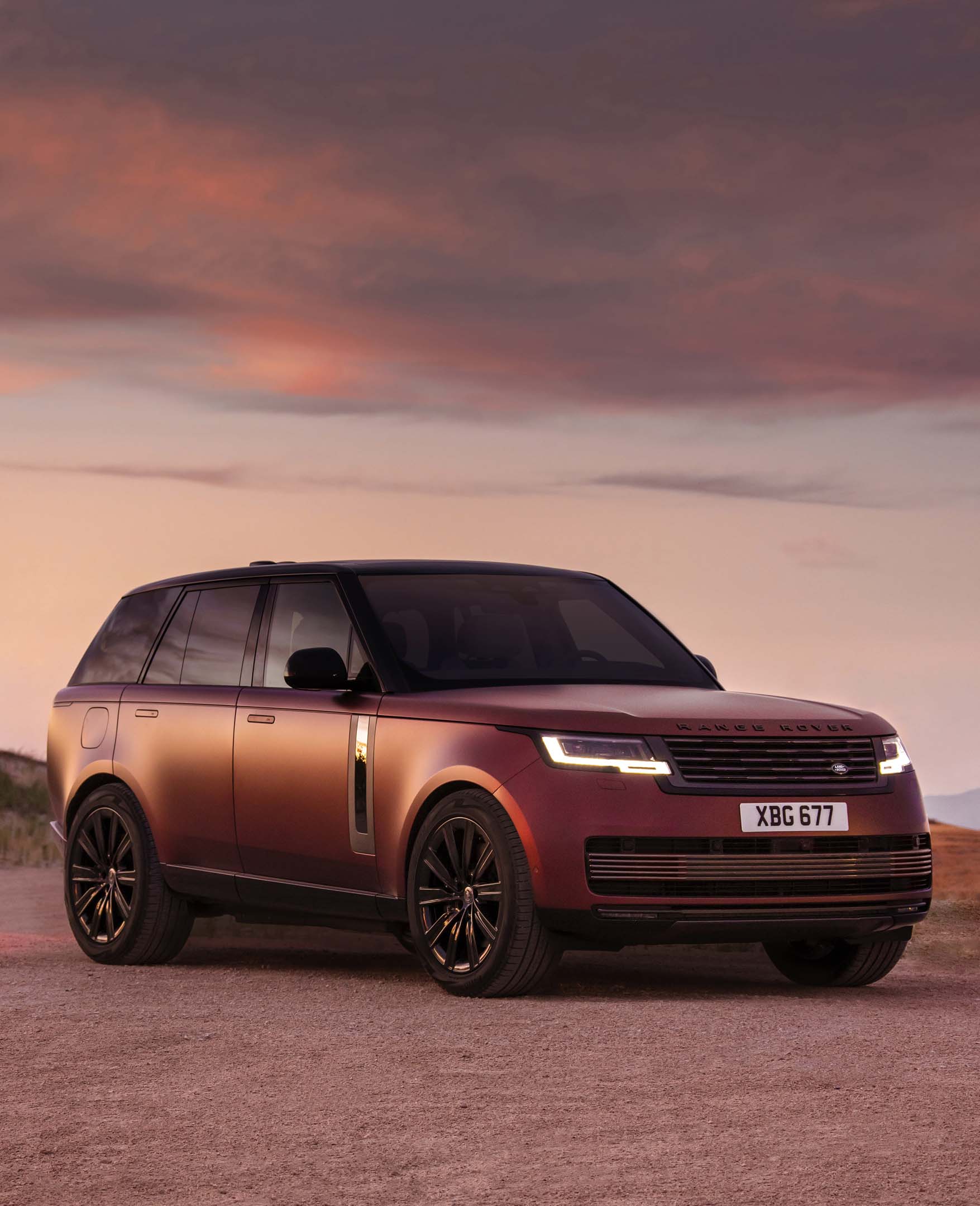
As we pointed out in our test of the new Range Rover Sport, designers love big wheels because they visually shrink the mass of the vehicle. But engineers hate them because they add unsprung mass, which makes precise management of wheel motions even more difficult. What’s more, big rims are invariably shod with low-profile tyres that have stiff sidewalls.
Big wheels and stiff-sidewall tyres are a nightmare for secondary ride quality and you can feel it, even in the PHEV 510, which at 2810kg is the heaviest of the new Range Rovers. The ride in the rear seat is, frankly, poor, with impact harshness transmitted directly through the seat squab. There’s more tyre noise, too. For a luxury vehicle, it’s not acceptable. For a Range Rover, even less so.
That’s our one real niggle with the Range Rover PHEV 510, which will be available in Australia in standard wheelbase HSE trim for $270,272 and standard wheelbase Autobiography spec for $301,687 (both before on-road costs).
In every other way, it’s a proper Range Rover.
Score breakdown
Things we like
- Dramatic yet sophisticated styling
- Excellent primary ride comfort
- Smooth and efficient PHEV powertrain
Not so much
- Poor secondary ride in rear seat
- Too much tyre noise in rear seat
- It’s heavy
We recommend
-
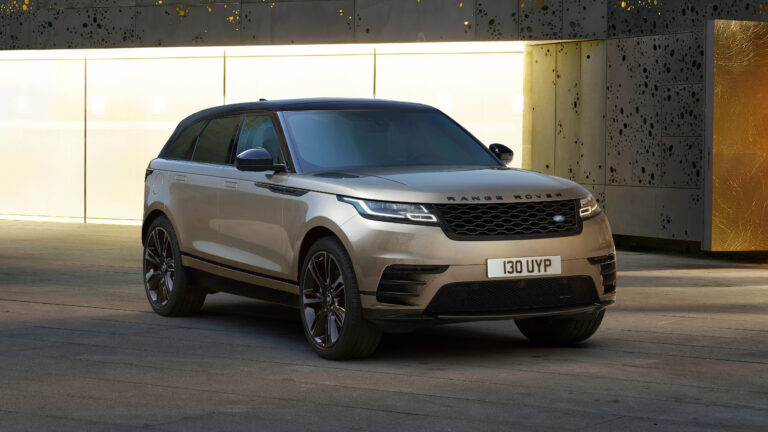 News
News2023 Range Rover Velar: Plug-in hybrid price and features
The addition of two new variants has coincided with a price increase across the Velar range
-
 News
NewsNew car calendar 2026: All the new cars coming to Australia next year
Here’s the WhichCar by Wheels guide to all the new cars that will launch in Australia in 2026. Check back in regularly for updates...


